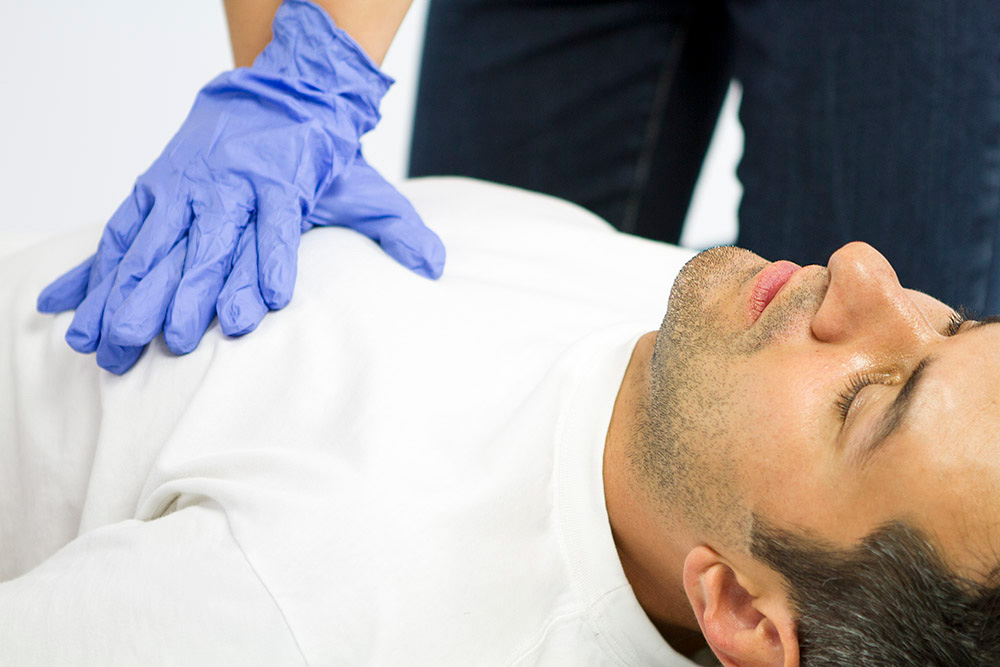Are you getting ready for a BBQ or bonfire? If so there are few things…

The risk of being bitten
Like most countries, the UK has its share of snakes, spiders, biting insects, and dangerous animals that can turn an exciting and adventurous holiday or day out into a disaster. The good news is that with good preparation and some basic knowledge, the risk of being injured by any such creature can be minimised.
To many people, the word “Snake” is emotive, conjuring up fears of being fatally bitten by evil aggressive creatures hell-bent on attacking anyone indiscriminately. Like the misunderstanding attributed to sharks, the truth is that snakes are shy creatures and rarely strike out unless provoked. Snake bites are rare in the UK, in fact, most people who frequent the countryside feel fortunate if they see one let alone bitten by one. In fact, in the UK, adders are the only venomous snakes found in the wild.
Bites from snakes in the UK are not only rare, but the venom is not usually life-threatening. However, they can cause fevers, nausea, headaches and vomiting as well as diarrhoea. About 100 adder bites are reported each year in the UK, these happen between June and August.
The main place to look out for these risks is when you are abroad. Mainland Europe is, without a doubt, an astoundingly beautiful place and it is no wonder that its beaches and countryside attract many visitors especially during the long summer months. However, these idyllic surroundings can often disguise potential dangers. Across the Mediterranean there around 23 types of snake. Although mostly harmless, they tend to only strike out and bite if they feel threatened by a person or other animal.
Most bites occur because of accidental contact, stepping on a snake lying in the undergrowth is the most common.
Prevention
To minimise the possibilities of being bitten, when walking aim to stay on open paths which are clear of undergrowth. If you do walk through the undergrowth always wear boots, socks, and long trousers. Do not put your hands into holes and crevices. As a rule, keep your eyes open.
Good research and preparation on the terrain and animals that inhabit the area that you intend to visit is key to preventing accidents and knowing what to do should one occur. A well-stocked first aid kit which includes a splint should be regarded as essential as well as creating your own emergency procedure should one arise.
But what do we do when someone has been bitten by a snake?
- Protect yourself, the casualty, and any others around from further bites. Although identifying the species of snake is important, risking further bites by trying to capture or kill the snake is not recommended and may delay the arrival of professional medical help.
- Keep the casualty calm to keep a normal heartbeat. Remember panic will increase the heart rate of the casualty and thus speed up the blood flow around the body.
- Call the emergency services at 999 or 112 to arrange for the casualty to be transported to the nearest hospital where anti-venom for snakes common to the area will be available.
- Try to keep the bitten limb below the casualty’s heart level to minimize blood returning to the heart and other organs of the body.
- Do not give the casualty anything to eat or drink, in particular, alcohol as it is a known vasodilator which speeds up the absorption of venom. Only give painkillers or other stimulants if directed to do so by a doctor.
- You should remove any items or clothing which may constrict the bitten limb if it swells (rings, bracelets, watches, footwear, etc.)
- Keep the person as immobile and still as possible.
- Do not incise the bitten area or use a venom pump. These devices claim to suck out the venom from the casualty’s wound. However, they are now discredited and seen as being ineffective and can even make matters worse.
- Immobilise the affected limb in the same way as if it were fractured. If there is any venom on the skin around the bite, try to collect it as this can be used to identify the type of snake. Apply a broad, firm bandage over the bite as soon as possible. The bandage should be firm but not too tight as to restrict blood flow. Splint as though the limb was fractured, securing in place with further bandages. Remember, the bandages should immobilise the limb not restrict blood circulation.
- Do not apply any compression in the form of tight tourniquets, they do not work and can cause permanent damage!
- Once the limb is immobilised, the priority is to get the casualty to the hospital as soon as possible.
- Monitor the casualty closely noting any changing in condition and behaviour. This information should be given to medical professionals once in their care.
This summer enjoy the countryside. Stay safe. If you would like to learn more why not enroll on one of our courses?



